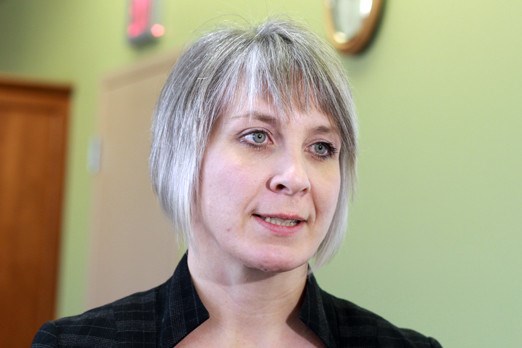The Thunder Bay Drug Strategy Implementation Panel is sharpening its focus.
The drug strategy was ratified by city council in September 2011 and consisted of 112 actions on how to reduce the harmful effects of substance use in Thunder Bay.
After three months of examining those actions, the panel was zeroed in on 21 priority actions to work on over the next three years.
Drug strategy coordinator Patty Hajdu says these 21 priorities will act as a guideline for the committee on where to first sink their energy and resources.
“We’re ready to start moving forward and forming working groups to make those things happen in the community,” she said Friday at city hall.
One category listed in the priorities is responding to local and emerging issues, which includes overdose prevention.
Hajdu said that area is particularly important with the transition from OxyContin to OxyNeo.
That strategy would include education, awareness and training for people on how to prevent an overdose.
Also in the plan is working on securing funding partnerships to initiate a Centre of Excellence for Addiction Studies in Thunder Bay – a type of one-stop shop for people seeking help for addictions.
“There is no question we have needs,” said panel chairwoman Rebecca Johnson. “It’s an unfortunate circumstance in our community. We have to provide options to be able to find solutions for that. A centre is one way of dealing with that.”
Story continues after video ...
Johnson added a centre wouldn’t address every person’s needs, but it’s a starting point. It would also be well-promoted.
“I don’t really want to have this in this community, but it’s real and it’s realistic. It’s a solution. It’s addressing the problems we have,” she said.
Improving needle disposal in the community is also one of the 21 actions and Johnson said the needle situation in Thunder Bay is vast. While Superior Points works hard at getting needles off the street, people are still finding them scattered.
“Those are things we have to start looking at. How many needles are given to individuals? What are the better ways we can dispose of them?” Johnson said.
Hajdu said the risk of catching an infectious disease from a needle is small, but people still should be safe when handling them.
While these 21 points will be the focus of the panel for the next three years, they’ll still refer to and pull from the original drug strategy as needed.
“Maybe something will come up that will force us to have to address something more quickly or maybe the provincial or federal landscape will change and we’ll have an opportunity to do some different things,” said Hajdu.
“It’s not written in stone these are the only 21 we will work on in the next three years,” she added.
